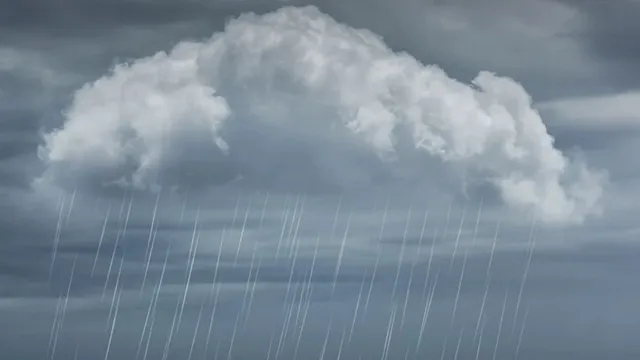- By Priyanka Koul
- Thu, 05 Dec 2024 07:01 PM (IST)
- Source:JND
The Indian government has announce that cloud seeding, a weather modification technique, is not needed to tackle air pollution in Delhi-NCR during the winter season amid poor air quality level in the capital region.
Rainfall caused by western disturbances in northwest India during the winter months eliminates the need for cloud seeding to tackle air pollution, the government informed Parliament on Thursday. This response also highlighted concerns from experts regarding the potential adverse effects of chemicals used in the cloud-seeding process.
In response to a question in the Rajya Sabha, Kirti Vardhan Singh, the Union Minister of State for Environment, stated that the Delhi government had sent four requests between August 30 and November 19, urging the central government to consider cloud seeding as an emergency measure to improve Delhi's air quality during the winter months.
Also Read: Delhi: High-Speed BMW Crashes Into Divider After Colliding With A Car
Singh stated that expert opinions were sought from many important institutions, including the India Meteorological Department (IMD), the Commission for Air Quality Management (CAQM), and the Central Pollution Control Board (CPCB), to assess the viability of cloud seeding in Delhi.
Singh, citing expert opinions, went on to explain that winter clouds in the region are primarily caused by Western Disturbances (WD), which are brief and move from west to east. When low clouds form owing to WDs, they usually cause natural rainfall in northwest India, removing the need for cloud seeding.
He also stated that cloud seeding is unsuccessful for high-altitude clouds, which are normally found above 5-6 km, due to restrictions in aircraft capabilities. He further emphasised that efficient cloud seeding necessitates precise cloud conditions, which are uncommon during Delhi's cold, dry winters. Even if the correct clouds appear, the dry air underneath may cause any rainfall to evaporate before it reaches the ground.
The minister additionally addressed scientific researchers worries about the potential risks and uncertainties of cloud-seeding chemicals like silver iodide and potassium iodide, as well as their environmental impact.
Interestingly, Delhi has already thought about cloud seeding. Last year, the Delhi government, in partnership with IIT-Kanpur, investigated the prospect of employing the technology to purify the air by causing rainfall. However, the project was delayed because it required permissions from multiple central government agencies, notably those in charge of aviation and the environment.
In broad terms, cloud seeding includes releasing substances into the atmosphere, such as silver iodide or dry ice, to cause condensation, which can result in rain or snow. This technique is widely employed in areas experiencing drought or water scarcity. Countries such as the United States, China, Australia, and the UAE have used cloud seeding, however its usefulness and environmental impact are still being studied.
Despite India has done a few cloud seeding trials in regions such as Telangana, Tamil Nadu, and Karnataka, the efforts have yet to yield major results, according to an IMD official.
Ultimately, while cloud seeding may appear to be a viable option, the government and scientists concur that the natural rainfall caused by Western Disturbances is adequate to alleviate air pollution concerns in Delhi during the winter months. Many countries, including the United States, China, Australia, and the United Arab Emirates, use cloud seeding technology, particularly in areas with water scarcity or drought.

